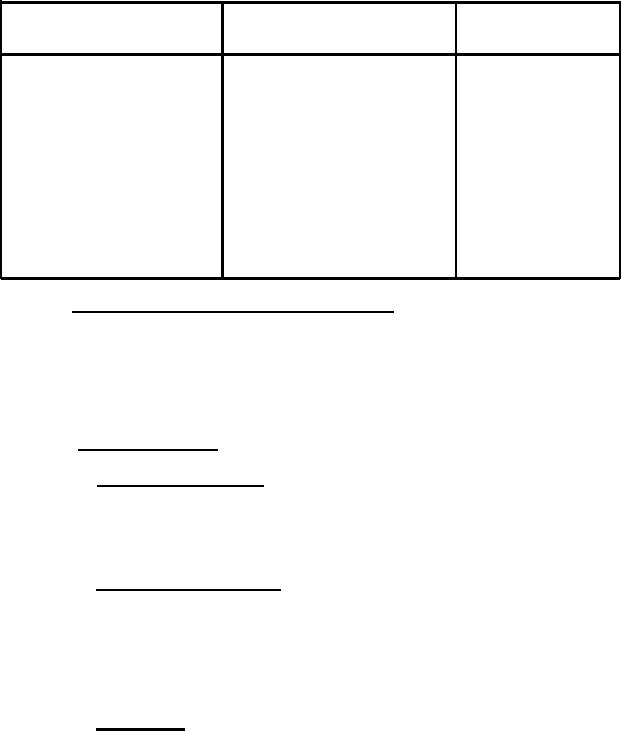 |
|||
|
Page Title:
Connector mating and unmating force. |
|
||
| ||||||||||
|
|  MIL-C-82631(OS)
TABLE III.
INDIVIDUAL TESTS
Requirement
Method
Examination or Test
Paragraph
Paragraph
Examination of Product
3.2, 3.5, 3.6, 3.10
4.5.1
Insulation Resistance
3.8.2
4.5.3.2
Hydrostatic Pressure
3.9.1
4.5.4.1
Connector Mating and
3.7.1
4.5.2
Unmating Force
Contact, Conductor
3.8.4
4.5.3.4
Resistance
4.5.2 Connector mating and unmating force. The connector assembly
shall be mounted in a movable holding device capable of measuring force
in both a push and pull direction. Each mating cable assembly tube door
plug, or equal, shall be engaged and disengaged to the mating connector
by hand as in service use. The force required to engage and disengage
the units shall be not greater than 50 pounds with the "A" Type cable and
60 pounds with the "B" Type cable. See Figure 1.
4.5.3
Electrical tests
4.5.3.1 Dielectric strength. A voltage of 1000 volts ac shall be applied
between two points, one point being each circuit in turn, the other point
being all the remaining circuits and the shell tied together to ground.
The potential shall be applied for one minute. There shall be no indica-
tion of arcing during the test.
4.5.3.2 Insulation resistance. A 500-700 volt dc potential shall be
applied between two points, one being each circuit in turn, the other being
all remaining circuits and the shell connected together to ground. The
potential shall be applied for 2 minutes maximum or until a stable reading
is attained. The instrumentation shall be capable of detecting a leakage
current of 10 microampere or less. The cable connector shall meet the
requirements of 3.8.2.
4.5.3.3 Continuity. Each circuit shall be probed with a 6-12 volt dc
buzzer, or equivalent, for continuity. There shall be no evidence of dis-
continuity, to meet the requirements of 3.8.3.
9
|
|
Privacy Statement - Press Release - Copyright Information. - Contact Us |